Powerful Samurai to Push Forward to End a Turbulent Era, but Assassinated
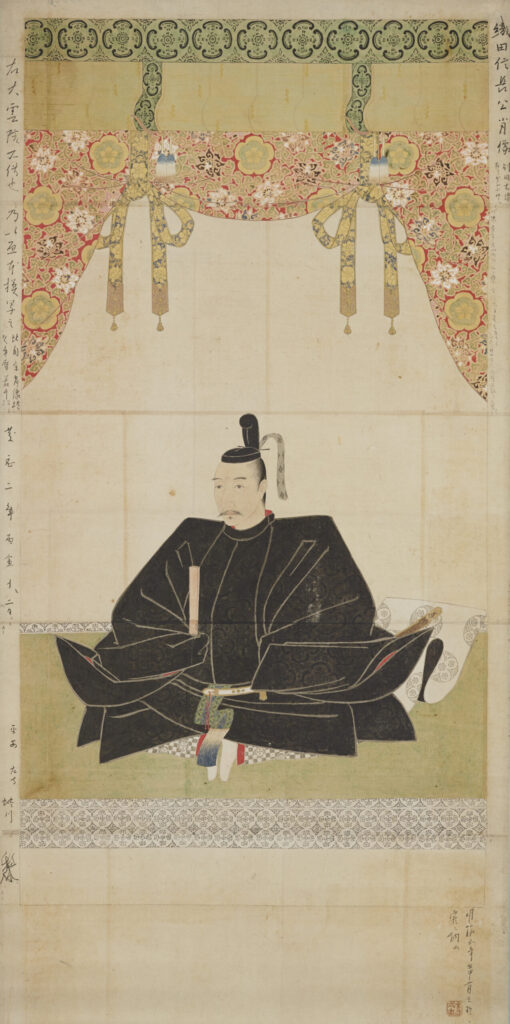
@ ColBase
A genius warlord, Oda Nobunaga (1534-1582, 織田信長), pushed forward to end a turbulent era. There are several factors in Nobunaga's success, such as his overwhelming military, strategic, and economic power. But his rational thinking was the driving force behind bringing an end to the warfare that had continued for over 100 years. He was close to unifying Japan after a tremendous number of battles throughout his life, but was killed at the Honnoji incident by his retainer, Akechi Mitsuhide, in 1582.
Nobunaga was born at Shobata Castle in the Owari Province (present-day western Aichi Prefecture), near Tsushima and Atsuta ports, the junction of the Ise Bay Sea Route, and the three large rivers (Kiso, Nagara, and Ibi). By controlling Tshushima Port, Nobunaga amassed enormous revenues from taxes and customs duties. Recognizing the importance of the economy, Nobunaga later expanded his control of the port to include Mikuni Port, which was controlled by the Asakura clan in Echizen (present-day Fukui Prefecture), and Lake Biwa on the way to Kyoto, to gain control of Japan's sea route. He was called the "Great Fool" in his youth because his behavior was unconventional. However, these experiences bore their future fruits. At the age of 27, Nobunaga prepared carefully and logically and succeeded in defeating the supreme lord of the Suruga province (present-day Shizuoka Prefecture), nicknamed "the best archer", Imagawa Yoshimoto’s large army of more than 25,000 warriors with only 2,000 of his elite troops, including Meda Toshiie, the head of Red Horo Shu, and Sassa Masanari, the head of Black Horo Shu, at the Battle of Okehazama. Nobunaga quickly emerged in the Samurai world of the Warring States Period (1467-1590).
Seven years later, once he defeated the Saito clan in Mino (present-day Gifu prefecture) and entered Gifu Castle, he started to use his stamp under the slogan of Tenka Fubu (天下布武), meaning bringing the peace to the realm through the military power in his letters to advocate for the pacification and unification in Gokinai (five provinces including Kyoto and surroundings) despite the presence of more powerful military lords. In addition, Nobunaga began to use a Kao (written seal mark) that featured the character "麟" from "Kirin, 麒麟," an imaginary creature symbolizing a peaceful world. This change occurred after Ashikaga Yoshiteru, the 13th shogun of the Muromachi shogunate, was killed by his retainers and warlords such as the Miyoshi clan, marking the definitive fall of the shogunate.
Nobunaga entered Kyoto under the leadership of Ashikaga Yoshiaki, Yoshiteru's brother, and supported him to become the 15th shogun. After that, Nobunaga defeated his opponents one after another, expanding his territory from Owari (Tokai) and Kinai (Kyoto and Osaka) to Hokuriku, and others. During his invasion of Echizen Asakura territory, Nobunaga confronted the biggest crisis in his life near Kanegasaki Castle, with the Asakura army charging forward in front and the Azai army attacking from behind. Nobunaga was about to be crushed by both, but successfully retreated to Kyoto, then to his Gifu Castle. After that, he defeated both the Asakura and the Azai clans.
In parallel, Osaka Hongwanji, the head temple of the Jodo Shinshu Buddhism sect, stood in front of Nobunaga. The battles against the Honganji continued for around 10 years. In 1575, Nobunaga and Tokugawa Ieyasu (1543-1616, 徳川家康) forces attacked and defeated the brave and strong cavalry of the Takeda clan with relentless gunfire at the Battle of Nagashino and Shitaragahara. But the Takeda clan retained and grew its power. In 1580, Nobunaga finally made a peace agreement with the Osaka Honganji Temple at the order of Emperor Ogimachi and received the temple land, located on the edge of the Uemachi Plateau facing Osaka Bay, as an important traffic point to the west and abroad. Nobunaga was so happy and held Japan's first illumination festival at Azuchi Castle. Seeing Azuchi Castle floating in the darkness, many people must have felt a sense of realizing the peaceful world.
Nobunaga appointed an innovator, Sen-no-Rikyu (1522-1591, 千利休), as his tea master to conduct tea ceremonies mainly at Myokakuji Temple in Kyoto, showing the Ashikaga shogun's tea utensils to his retainers as a symbol of samurai authority and firm unity for future battles.
In 1582, Nobunaga received an opportunity to defeat the Takeda clan. Immediately, he invaded and defeated the Takeda clan. However, 83 days later, Nobunaga was unexpectedly killed by his vassal, Akechi Mitsuhide, at Honnoji Temple. He fulfilled his task as an outstanding Samurai to the end. That is, his head did not fall into Mitsuhide’s hands. Therefore, the rumor, "Nobunaga is alive," spread and circulated among many Samurai, causing many Samurai not to join Mitsuhide. Consequently, Mitsuhide was struck down by Nobunaga’s other right hand, Toyotomi Hideyoshi (1537-1598, 豊臣秀吉), at the Battle of Yamazaki in southern Kyoto.
“The 50 years of the human world, one of the 6 realms of Buddhism, is fleeting and short, so let us live to the fullest without fear of death.”
This is a verse from Atsumori that Nobunaga chanted and danced before heading off to the Battle of Okehazama at the age of 26 and before committing suicide at the Honnoji Temple at the age of 49.
Nobunaga aimed to end the Warring States period with military power under the slogan of Tenka Fubu. He was, after all, a genius who emerged in the age of turmoil. Warlords of the Warring States period strove to expand their territory, and Nobunaga was the first to offer a vision of Japan as a nation.
Oda Nobunaga Map

Notable sites
Komakiyama Castle
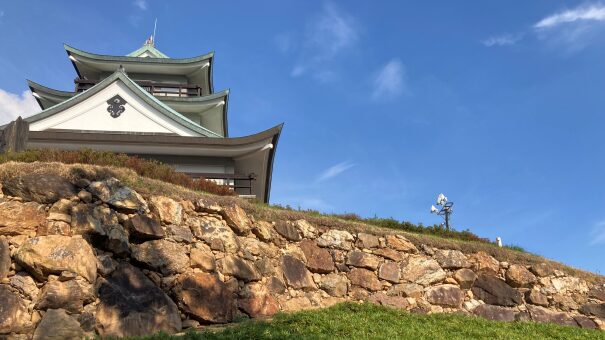
The first castle built by Oda Nobunaga himself. An important base for conquering the Saito clan of Mino (Gifu prefecture)
Gifu Castle
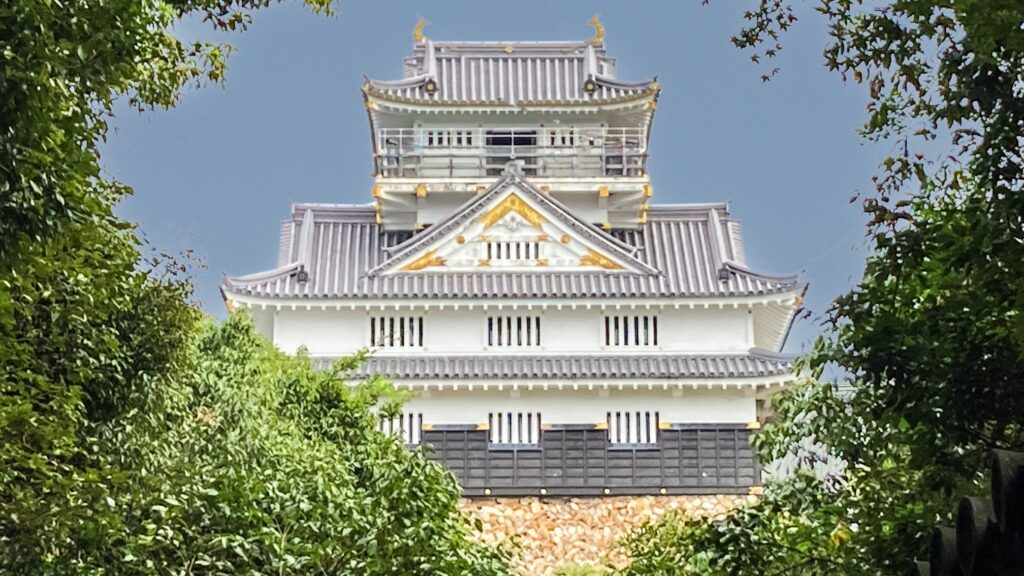
After Countless Battles, Oda Nobunaga proclaimed Tenka Fubu, taking the first steps towards restoring order to the war-torn era
Azuchi Phantom Castle
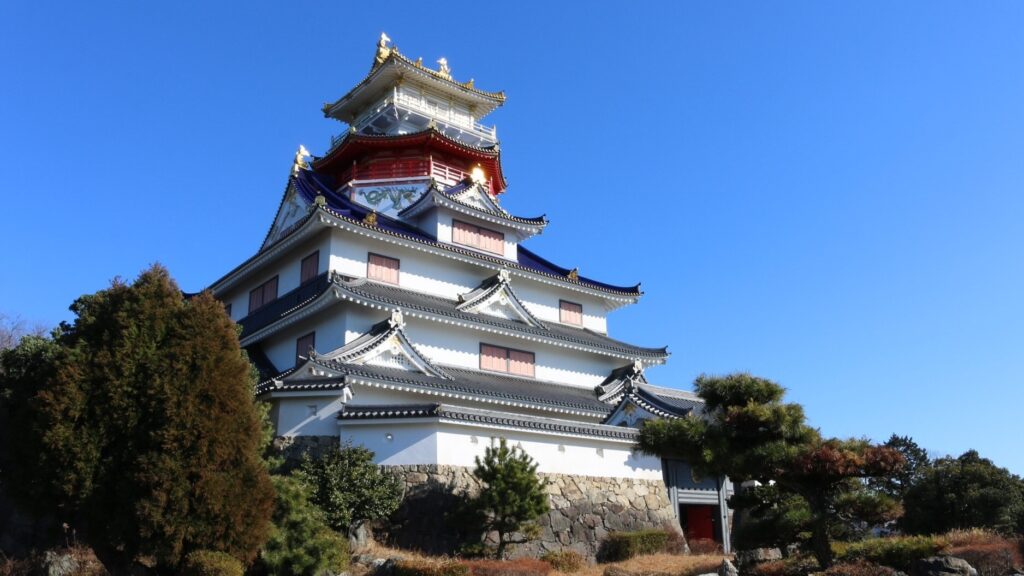
The first picturesque light-up event in Japanese history at Azuchi castle, which is proof of peace that marks the end of the Warring States period
Okehazama Battlefield

Nobunaga's strategic victory against the powerful warlord, Imagawa Yoshimoto, at Okehazama in 1590. This victory made him run toward the unification of the turmoil nation.
Nagashino Battlefield

Oda Nobunaga & Tokugawa Ieyasu vs Takeda Katsuyori in 1575. A continuous fire with a substantial stock of gunpowder shifted the War from Cavalry to Guns
Myokakuji Temple

Nobunaga's Innovative Venue for Tea Ceremonies. Two Innovators, Nobunaga and Rikyu, were in Resonance here.
(@京都フリー写真素材)
Enryakuji Temple
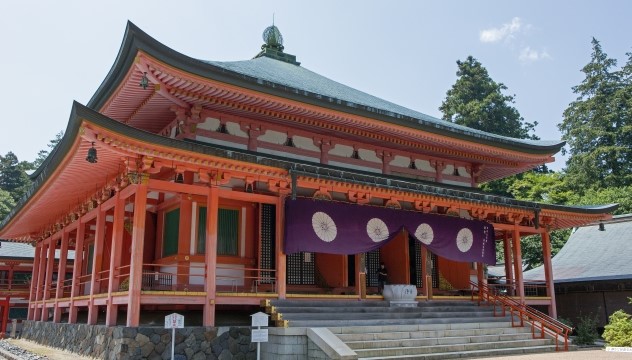
Enryakuji was founded in 788 by Saicho, the founder of the Tendai sect. It stood before Nobunaga, who would unify the nation, with its economy and military power.
Osaka Honganji Temple
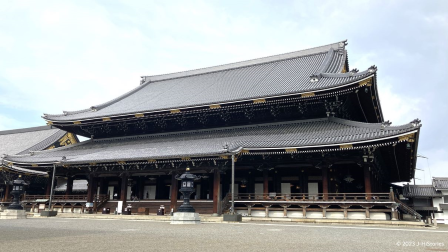
11 years of fierce competition against a Buddhist Kennyo of Osaka Hongwanji Temple, located on the defensible Uemachi Plateau as a strategic point for traffic.
Ichijo-dani
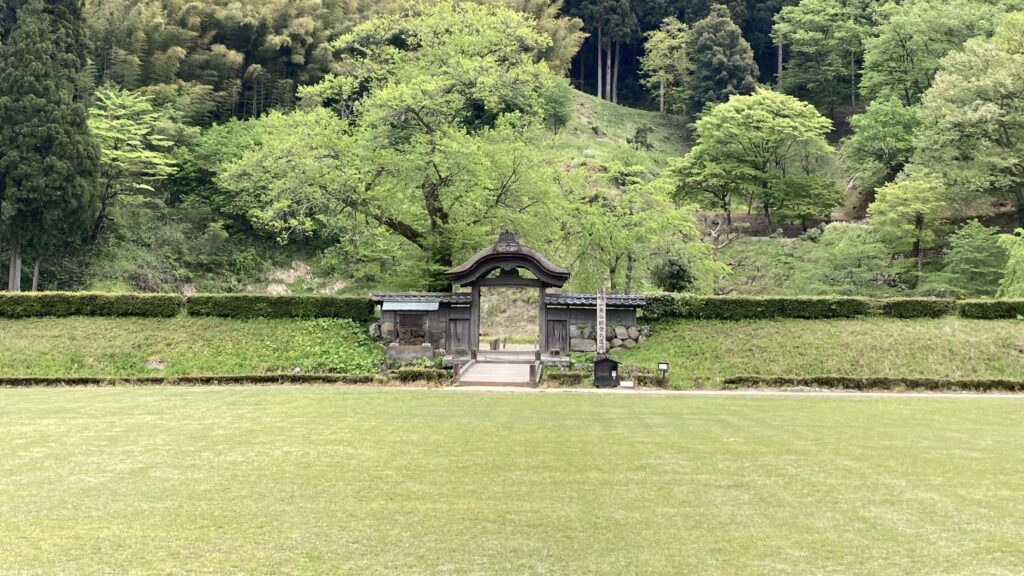
Ichijo-dani was the residence of the Asakura Clan for over 100 years and was burnt down by Nobunaga, though Asakura Yoshikage got a golden opportunity to defeat Nobunaga.
Oda Nobunaga Timeline
| 1336 | Ashikaga Takauji estabilished Muromachi Shogunate | Muromachi Period | - |
| 1467 | Onin War started (- 1477) | - | |
| 1493 | Hojo Soun - the first warlord in Japan history - settled Izu province by defeating Horikoshi Kubo | - | |
| 1534 | Nobunaga was born in Owari province | Age=1 | |
| 1552 | Nobunaga inherits leadership of the Oda family | 19 |
|
| 1560 | Nobunaga defeated Imagawa Yoshimoto at the battle of Okehazama | 27 | |
| 1563 | Nobunaga built his 1st own Komakiyama Castle | 30 | |
| 1567 | Nobunaga moved to Gifu Casle and started to use the "Tenka-fubu" stamp | 34 | |
| 1568 | Nobunaga went up Kyoto bringing Ashikaga Yoshiaki | 35 | |
| 1570 | Osaka Hongwanji raised the army against Nobunaga | 37 | |
| 1571 | Nobunaga defeated Enryakuji Temple's monk solduers | 38 | |
| 1573 | Nobunaga defeated the Azai and Asakura clans and ousted Ashikaga Shogun from Kyoto | 40 | |
| 1575 | Nobunaga won against Takeda Clan at the battle of Nagashino | Azuchi Momoyama Period | 42 |
| 1576 | Nobunaga started the constraction of Azuchi Castle | 43 | |
| 1579 | The Azuchi Castle Tower was completed | 46 | |
| 1580 | Nobunaga made peace with Ishiyama Hongwanji Temple | 47 | |
| 1582 | Nobunaga and Tokugawa defeated the Takeda clan | 49 | |
| 1582 | Nobunaga was killed at Honnoji by Akechi Mitsuhide | 49 | |
| 1582 | Hideyoshi defeated Akechi Mitsuhide | - | |
| 1590 | Hideyoshi unified the nation | - | |
| 1598 | Hideyoshi passed away | - | |
| 1600 | Tokugawa Ieyasu defeated Ishida Mitsunari, Hideyoshi's right arm at the battle of Sekigahara | - | |
| 1603 | Ieyasu estabished Tokugawa Shogunate at Edo | Edo Period | - |
| 1615 | Toyotomi's Osaka Castle burnt down at the Siege of Osaka (Toyotomi clan ended) | - |
